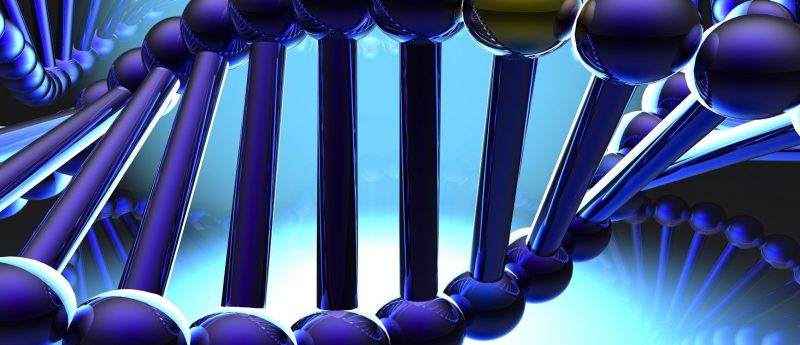Process of reprogramming stem cells for clinical use is unlikely to lead to cancer-causing mutations in patients

Researchers from The Scripps Research Institute and the J. Craig Venter Institute have assessed various iPSC reprogramming methods for safety in cell therapy.
A new study led by scientists at The Scripps Research Institute and the J. Craig Venter Institute (both CA, USA) have demonstrated that programming pluripotent stem cells for clinical use is unlikely to lead to cancer-causing mutations in patients. The findings were recently published in Nature Communications.
Induced pluripotent stem cells (iPSCs) can differentiate into any kind of cell in the body and hold potential for wound repair or diseases such as Parkinson’s and multiple sclerosis.
The new study focused on the safety of iPSCs in human patients. There are concerns that the stresses of inducing pluripotency may lead to deleterious DNA mutations in iPSC lines, which would compromise their use for cell therapies.
“We wanted to know whether reprogramming cells would make the cells prone to mutations,” commented Jeanne Loring from The Scripps Research Institute and leader of the new study. “The answer is ‘no.’”
“The safety of patients comes first, and our study is one of the first to address the safety concerns about iPSC-based cell replacement strategies and hopefully will spark further interest,” added Schork Nicholas J. Schork, study co-leader and professor and director of human biology at J. Craig Venter Institute.
To produce iPSC lines, scientists must reprogram an adult cell, such as a skin cell, to express a different set of genes, which can be accomplished using viruses as delivery vehicles or with molecules messenger RNAs (mRNAs).
The team carried out a comparative analysis of three popular iPSC generation protocols: integrating retroviral vectors, non-integrating Sendai virus and synthetic mRNAs. Each method was assessed for safety and their potential to induce cancer-causing mutations. While the researchers noted some minor benign alterations in the iPS cells, none of the methods led to significant mutations.
“The methods we’re using to make pluripotent stem cells are safe. We need to move on to developing these cells for clinical applications,” stated Loring. “The quality control we’re recommending is to use genomic methods to thoroughly characterize the cells before you put them into people.”
The team warns that while iPSCs don’t trigger cancer-causing mutations during reprogramming, harmful mutations could potentially accumulate at a later stage when iPSCs proliferate in vitro. Loring concluded that scientists must analyze their cells for these mutations before using them in therapies.
Sources:
Bhutani K, Nazor KL, Williams R et al. Whole-genome mutational burden analysis of three pluripotency induction methods. Nature Communications, doi:10.1038/ncomms10536 (2016) (Epub before print); http://www.scripps.edu/news/press/2016/20160219loring.html